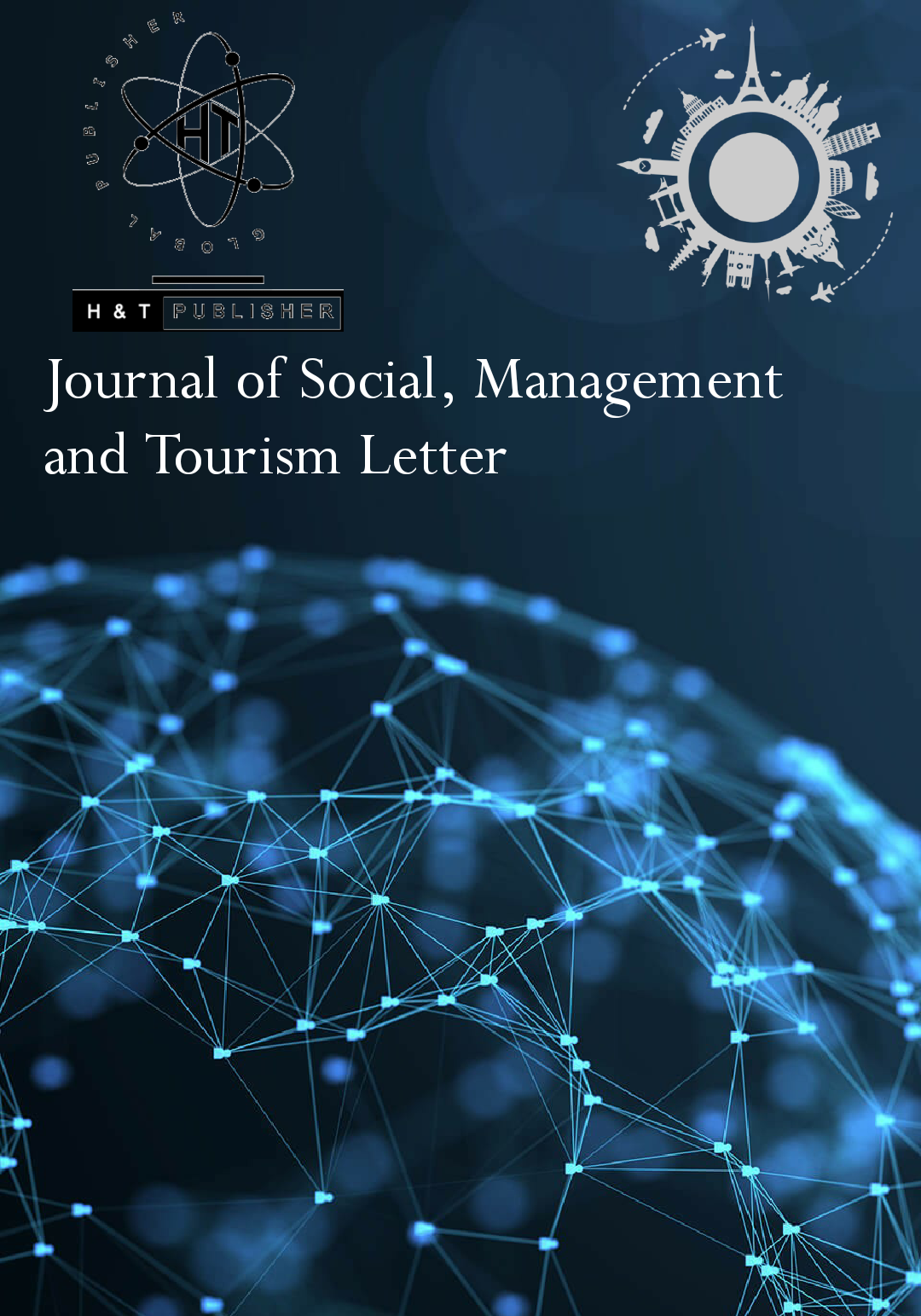


Tax authorities worldwide are experiencing radical transformations in their operations which largely driven by the integration of digital technologies. This shift has brought the crucial issue of technology adoption to the forefront of tax administration. Applying the Unified Theory of Acceptance and Use of Technology (UTAUT) framework, this study examines the response of tax professionals to the ongoing digital technology integration initiatives at the Federal Inland Revenue Service (FIRS). Survey data, collected from a sample of 168 FIRS tax officials (Mean Age = 43.13, SD = 10.72), were analysed using JASP version 0.18 and SmartPLS version 3.3.9. The results revealed a significant relationship (β = 0.605, t = 6.489, p < 0.001) between performance expectancy and tax professionals’ response to digital technology integration, indicating that perceived usefulness engenders positive response to digital technology integration. However, the relationship between effort expectancy and digital technology integration response was inconclusive (β = 0.132, t = 1.677, p = 0.094), suggesting that ease of use may not be a primary motivator. Surprisingly, the role of social influence (β = -0.039, t = 0.470, p = 0.638) and facilitating conditions (β = 0.023, t = 0.223, p = 0.824) in shaping digital technology integration response was not supported. These findings underscore the complex nature of digital technology integration in tax authorities and highlight the pivotal role of performance expectancy in driving digital adoption.